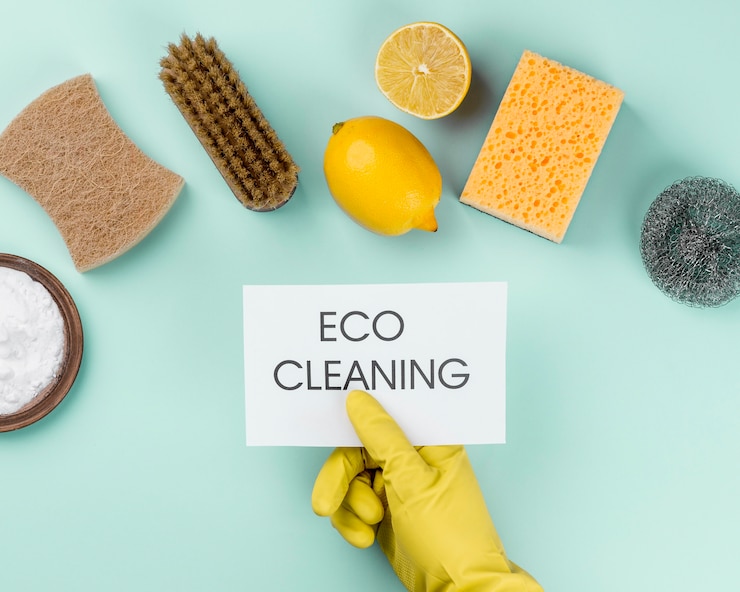
Eco-friendly Cleaning: Benefits and Best Practices
In today’s fast-paced world, the importance of cleanliness cannot be overstated. However, as we strive for spotless homes and offices, it’s crucial to consider the environmental impact of our cleaning habits. Enter eco-friendly cleaning—a sustainable approach to maintaining cleanliness without compromising the health of our planet. This article delves into the myriad benefits of green cleaning and offers insights into best practices to ensure healthier living spaces.
The Rise of Eco-friendly Cleaning
The past few decades have witnessed a significant shift in consumer behavior, with more individuals leaning towards products and practices that are environmentally friendly. This change is not just limited to recycling or conserving energy; it extends to the realm of cleaning as well. As awareness about the harmful effects of traditional cleaning agents grows, eco-friendly cleaning has emerged as a viable and responsible alternative.
Benefits of Eco-friendly Cleaning
- Environmental Protection: Traditional cleaning products often contain chemicals that can harm the environment. When washed down the drain, they can contaminate water sources, harm aquatic life, and disrupt ecosystems. Eco-friendly products, on the other hand, are made with sustainable ingredients that are biodegradable and non-toxic, ensuring minimal environmental impact.
- Healthier Living Spaces: Conventional cleaning agents can leave behind residues that may cause allergies, respiratory issues, and other health problems. Green cleaning products are devoid of harmful chemicals, ensuring that your living spaces are not just clean but also safe.
- Cost-effective: Many eco-friendly cleaning solutions can be made using everyday household items like vinegar, baking soda, and lemon. These natural cleaners are not only effective but also easy on the pocket.
- Reduced Carbon Footprint: Green cleaning products often have reduced carbon footprints due to sustainable manufacturing, packaging, and distribution practices. By choosing these products, consumers indirectly support eco-friendly business practices.
- Protection of Resources: Eco-friendly cleaning products are often concentrated, meaning you use less and get the same effective results. This not only saves the product but also reduces the amount of packaging waste.

Best Practices for Eco-friendly Cleaning
- Read Labels Carefully: Always check product labels to ensure they are genuinely green. Look for certifications from reputable organizations, and avoid products with vague terms like “natural” without any backing.
- DIY Cleaning Solutions: Consider making your cleaning agents using household items. Solutions made from vinegar, baking soda, or lemon can be just as effective as store-bought products for many cleaning tasks.
- Use Microfiber Cloths: Instead of paper towels, opt for reusable microfiber cloths. They are effective in trapping dirt and dust and can be washed and reused, reducing waste.
- Conserve Water: Be mindful of water usage. For instance, when cleaning surfaces, use a bucket instead of letting the tap run.
- Recycle and Reuse: Instead of discarding empty cleaning product containers, consider refilling them or repurposing them for other uses.
- Avoid Single-use Products: Items like disposable mop pads or dusters contribute to landfill waste. Opt for products that can be washed and reused.
- Stay Informed: The world of green cleaning is ever-evolving. Stay updated with the latest products and practices to ensure you’re making the most eco-friendly choices.
Eco-friendly cleaning is more than just a trend; it’s a responsibility we owe to our planet and future generations. By understanding its benefits and adopting best practices, we can ensure cleaner, healthier living spaces while also playing our part in preserving the environment. As consumers, our choices have power. Let’s wield it wisely and pave the way for a greener, cleaner future.


